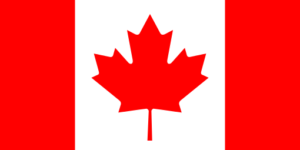
For many years the Best Practice for filing in RO/US has been to use a ZIP file as the way to provide the PCT Request to EFS-Web. Originally the only way create the ZIP file was PCT-SAFE. Three years ago WIPO announced that ePCT would be available starting on June 1, 2016 as a second way to create the ZIP file. Shortly after this announcement, USPTO published a Federal Register notice that put a cloud over the use of ePCT in this way. WIPO has made a change to ePCT that obviates concerns raised in that notice. Hopefully now the USPTO will publish a “cloud removal” Federal Register notice that expressly cites the previous notice and that expressly removes the cloud.
In this blog article I explain that at this point ePCT is now without question the Best Practice for creating the ZIP file. And I offer proposed language for a “cloud removal” Federal Register notice. Continue reading “USPTO can now publish a new Federal Register notice about ePCT”


 Will you be in Boston at the time of the INTA meeting? I already told you to save the date (
Will you be in Boston at the time of the INTA meeting? I already told you to save the date (
